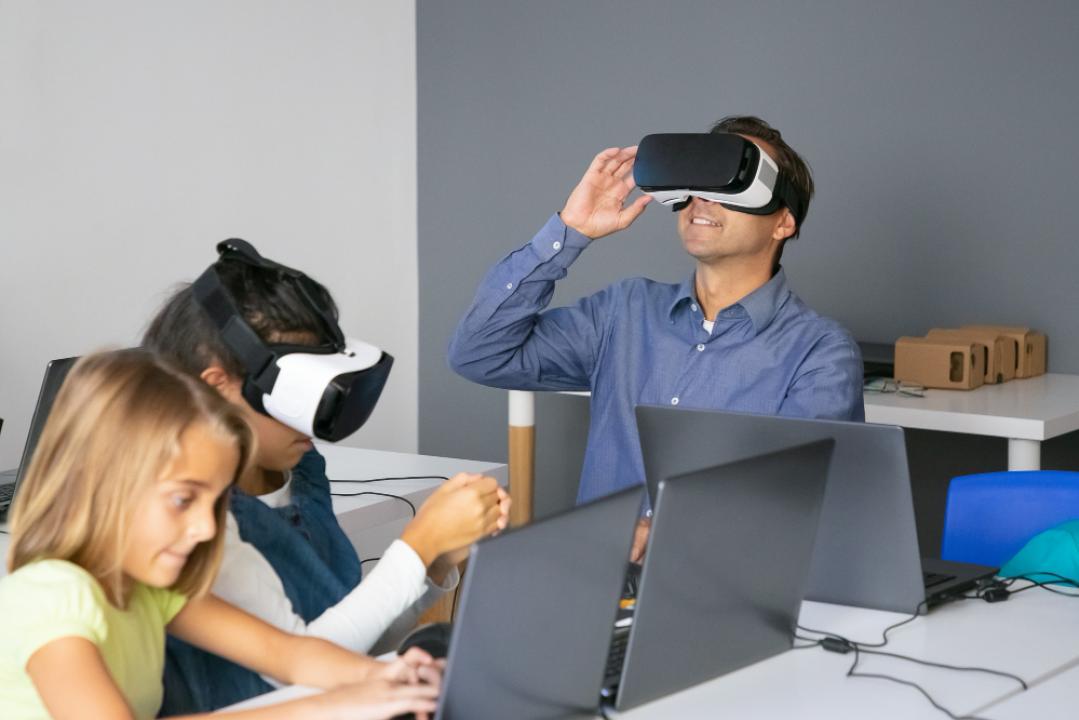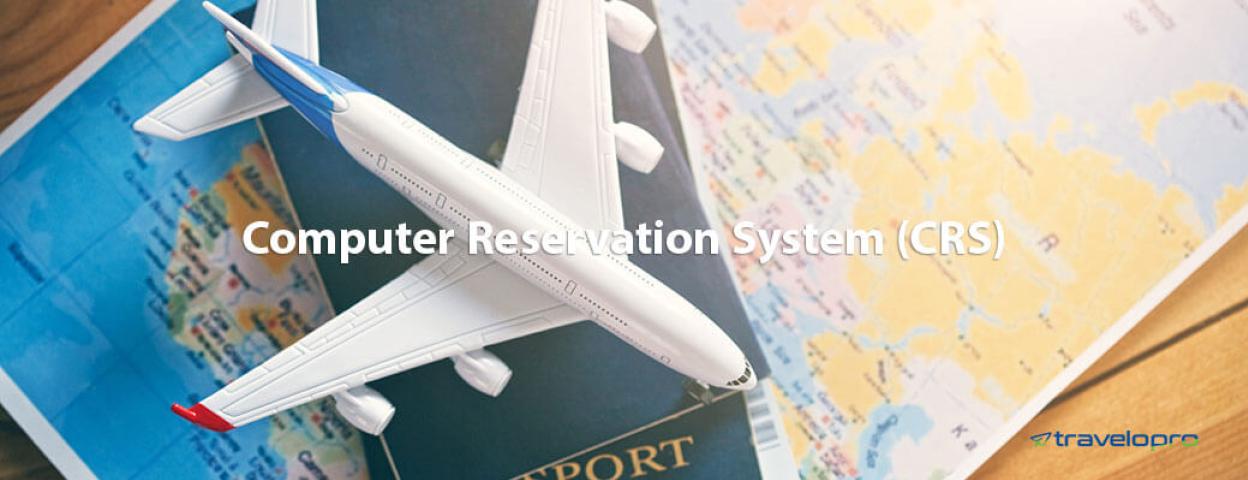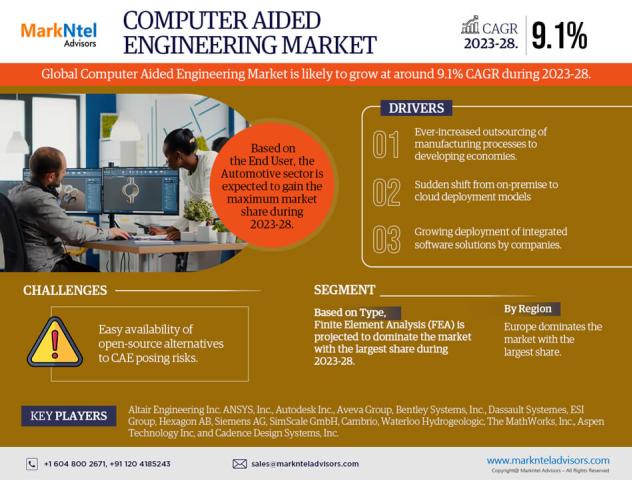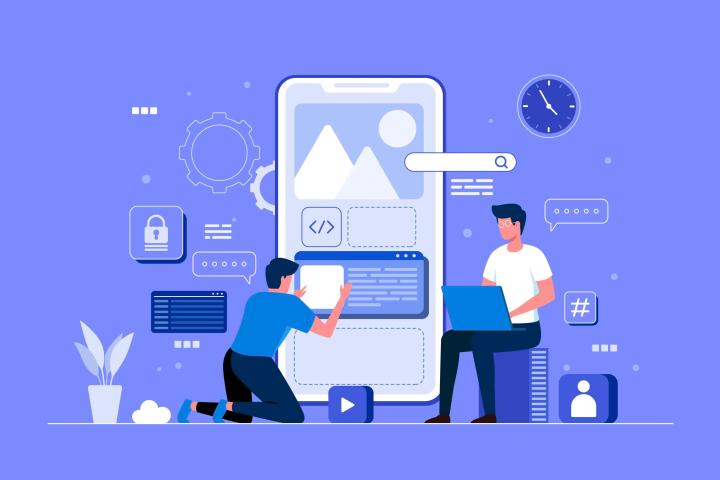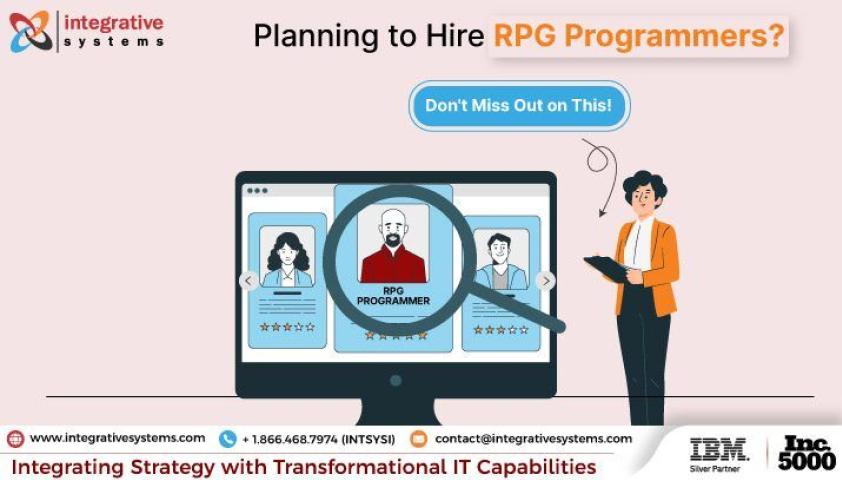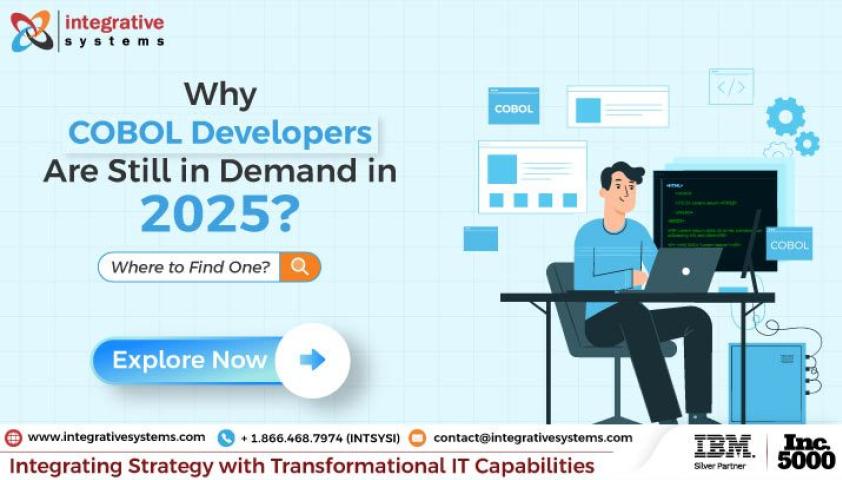Computer vision has emerged as one of the most transformative technologies in the world of artificial intelligence (AI). It allows machines to interpret and understand the visual world in ways that were once only possible for humans. The ability to process and analyze images and videos with AI has led to the rise of new solutions across industries, from autonomous driving to healthcare diagnostics, retail personalization, and security surveillance. At the heart of this revolution are computer vision developers, professionals who build and refine the AI models and systems that power these advanced applications.
In this article, we’ll explore the role of computer vision developers, the skills they need, the industries benefiting from their expertise, and why businesses looking to integrate AI should consider collaborating with expert developers in 2024.
Who Are Computer Vision Developers?
Computer vision developers specialize in creating systems that enable machines to “see” and understand the visual world. These developers use deep learning, machine learning, and artificial intelligence to design algorithms capable of analyzing images, videos, and other visual inputs. Their work helps machines recognize objects, detect patterns, and make decisions based on visual data.
Key responsibilities of computer vision developers include:
- Designing and training AI models to perform visual recognition tasks.
- Developing algorithms for object detection, image classification, and facial recognition.
- Working with large datasets to train AI systems and improve their accuracy.
- Collaborating with data scientists and AI researchers to create scalable, reliable solutions.
- Testing and optimizing computer vision systems to ensure they function efficiently in real-world scenarios.
Skills Required for Computer Vision Developers
Computer vision developers need a mix of technical, analytical, and problem-solving skills. Here are some key areas of expertise for professionals in this field:
1. Deep Learning and Machine Learning
Deep learning is a subset of machine learning that focuses on neural networks with multiple layers, mimicking the human brain. Computer vision developers must be proficient in these technologies to create models capable of recognizing complex patterns in images and videos. Frameworks such as TensorFlow and PyTorch are widely used to build and train deep learning models for computer vision tasks.
2. Programming Languages
Strong programming skills are essential for computer vision developers. Popular programming languages used in this field include Python, C++, and Java. Python, in particular, is a favorite due to its vast array of libraries for machine learning and computer vision, such as OpenCV, Keras, and Scikit-learn.
3. Image Processing Techniques
Image preprocessing is a crucial step in computer vision projects. Developers must be skilled in techniques like noise reduction, image enhancement, and segmentation to prepare raw visual data for analysis. Proficiency in tools like OpenCV helps developers manipulate images and videos effectively.
4. Mathematics and Algorithms
A solid understanding of mathematics, especially linear algebra, calculus, and statistics, is critical for computer vision developers. These concepts are fundamental to building algorithms that process and analyze visual data. Developers also need to be familiar with optimization techniques to improve the performance of AI models.
5. Data Handling and Annotation
Computer vision developers work with massive datasets to train their models. This requires expertise in data handling, including image annotation, which involves labeling datasets so that AI models can learn to identify specific objects or features. Developers use tools like Labelbox and VGG Image Annotator (VIA) for this purpose.
6. Real-Time Processing
In many applications, especially in autonomous driving, robotics, and surveillance, real-time image processing is essential. Developers must ensure their systems can analyze visual data quickly and accurately in real-time environments, where decisions need to be made instantly.
Industries Leveraging Computer Vision Developers’ Expertise
The work of computer vision developers is making an impact across various industries. Here’s a look at how different sectors are harnessing this technology to innovate and stay competitive:
1. Healthcare
The healthcare industry is increasingly turning to computer vision to enhance diagnostic accuracy, automate medical imaging analysis, and improve patient outcomes. Applications developed by computer vision developers include:
- Medical Imaging Analysis: AI models trained on X-rays, MRIs, and CT scans assist radiologists in detecting diseases such as cancer, fractures, and neurological disorders.
- Surgical Assistance: Augmented reality (AR) applications provide real-time guidance to surgeons, helping them perform procedures with greater precision.
- Disease Detection: Deep learning algorithms analyze large sets of medical data to detect diseases at an early stage, allowing for timely interventions.
2. Automotive
Autonomous driving and advanced driver-assistance systems (ADAS) rely heavily on the expertise of computer vision developers. These professionals design systems capable of detecting objects, reading traffic signs, and navigating complex road environments. Key applications include:
- Self-Driving Cars: Computer vision models help autonomous vehicles recognize pedestrians, other vehicles, and obstacles, enabling them to make safe driving decisions.
- Driver Monitoring Systems: AI-powered systems monitor driver behavior to detect signs of drowsiness, distraction, or impaired driving, reducing the risk of accidents.
- Lane Detection and Traffic Sign Recognition: These technologies assist drivers by identifying lane boundaries and reading traffic signs to ensure compliance with road rules.
3. Retail
Retailers are using computer vision to automate inventory management, enhance customer experiences, and gain insights into shopper behavior. Applications include:
- Visual Search: Computer vision enables customers to search for products by uploading images, making it easier to find items that match their preferences.
- Shelf Monitoring: AI-powered systems automatically track stock levels, ensuring that shelves are always stocked and products are correctly displayed.
- Customer Behavior Analysis: Computer vision helps retailers analyze shopper movement patterns within stores, enabling them to optimize layouts and product placements for maximum sales.
4. Security and Surveillance
Security is another domain where computer vision developers are playing a critical role. From facial recognition to video analytics, computer vision technology is improving safety and surveillance in public and private spaces. Key applications include:
- Facial Recognition: AI systems use facial recognition to verify identities and enhance security at airports, offices, and other high-security locations.
- Anomaly Detection: Computer vision models analyze surveillance footage to detect suspicious behavior, unusual activity, or security breaches in real-time.
- Crowd Monitoring: Visual systems track crowd behavior in public spaces to prevent incidents and maintain order during large events or gatherings.
5. Manufacturing
Computer vision technology is being widely adopted in manufacturing to automate quality control, streamline production, and improve efficiency. Applications include:
- Defect Detection: Computer vision systems inspect products on assembly lines, identifying defects and ensuring that only high-quality items reach the market.
- Robotic Automation: Vision-guided robots are used to perform tasks such as picking, sorting, and packaging products with high accuracy and speed.
- Predictive Maintenance: AI systems monitor equipment and machinery to detect early signs of wear and tear, allowing manufacturers to perform maintenance before equipment failures occur.
Challenges Faced by Computer Vision Developers
While computer vision holds tremendous potential, developers face several challenges when designing and implementing these systems:
1. Dataset Quality and Quantity
For computer vision models to achieve high accuracy, they need to be trained on large, diverse datasets. Collecting, annotating, and preprocessing these datasets can be time-consuming and costly. Inadequate or biased datasets can also lead to poor model performance.
2. Real-Time Processing Constraints
In many applications, such as autonomous driving and surveillance, real-time image processing is essential. Developers need to ensure that their models can analyze data quickly without sacrificing accuracy, which can be challenging given the complexity of the tasks.
3. Handling Variability in Visual Data
Variability in lighting, angles, backgrounds, and object appearances can significantly impact the performance of computer vision models. Developers must constantly update and fine-tune their models to handle different environments and conditions.
4. Data Privacy and Security
As computer vision systems often involve facial recognition and other forms of personal data, developers must prioritize data privacy and security. This includes ensuring compliance with regulations such as the General Data Protection Regulation (GDPR) and implementing robust encryption measures.
The Future of Computer Vision Development
As AI and machine learning technologies continue to evolve, the future of computer vision development looks promising. Here are some key trends shaping the future of this field:
- Edge Computing: More computer vision applications will be processed at the edge, reducing latency and enabling faster real-time decision-making without relying on cloud-based systems.
- Improved Generalization: Future models will be more capable of handling diverse and complex environments, improving accuracy in challenging conditions such as low light or occlusions.
- Integration with AR and VR: The combination of computer vision and augmented/virtual reality will lead to more immersive and interactive experiences in industries like gaming, education, and healthcare.
FAQs About Computer Vision Developers
1. What does a computer vision developer do?
A computer vision developer creates AI-based systems that enable machines to analyze and interpret visual data, such as images and videos. They design and train models for tasks like object detection, facial recognition, and image classification.
2. What skills are needed to become a computer vision developer?
Key skills include proficiency in machine learning, deep learning, programming languages like Python and C++, image processing techniques, and a strong understanding of mathematics and algorithms.
3. Which industries benefit from computer vision development?
Industries such as healthcare, automotive, retail, security, and manufacturing benefit from computer vision development by automating processes, improving efficiency, and enhancing decision-making.
4. What are the biggest challenges faced by computer vision developers?
Common challenges include collecting and annotating high-quality datasets, ensuring real-time processing performance, handling variability in visual data, and addressing privacy and security concerns.
5. How is computer vision development evolving?
With advancements in AI and machine learning, computer vision development is evolving towards more accurate, real-time applications processed at the edge and integrated with AR/VR technologies.
As computer vision developers continue to push the boundaries of what machines can do with visual data, their expertise will remain critical in shaping the future of AI-powered innovation across industries.
